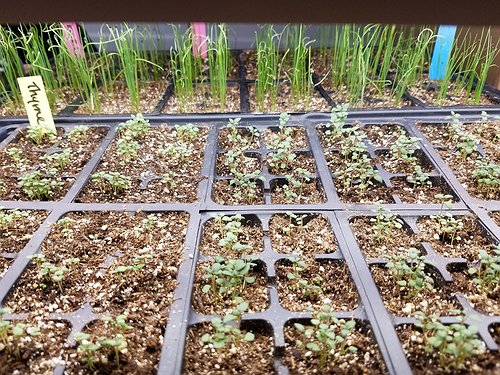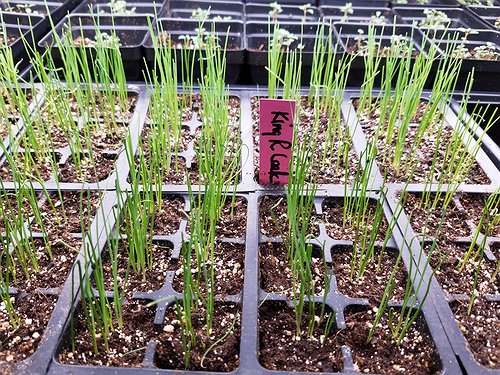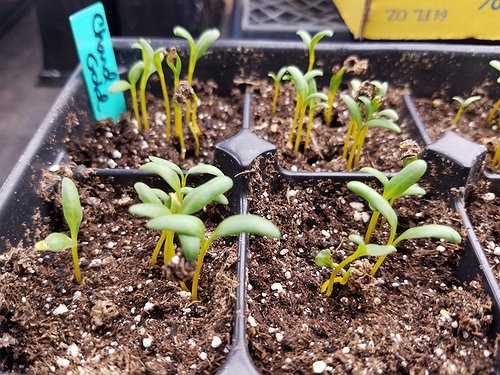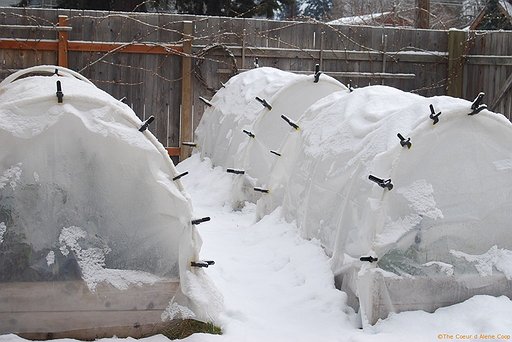How to Satisfy the Urge to Start Garden Seeds in January
The desire to start seeds for the spring garden grows strong in January — at least it does for me. Seed catalogs are arriving daily and social media is full of images of gardeners in “warmer climes” happily starting seeds for the season. It’s torturous to see and sit by idle.
Timing is everything when it comes to seed starting and unfortunately, it’s still too early to begin planting seeds indoors for most garden vegetables, especially warm-season types, like tomatoes, peppers, and eggplant.
But if you really must get your hands into some soil in January, there are a few things you can do that will help to quell the insatiable desire to get growing.
Conduct a Germination Test
A germination test can help to satisfy the urge to start seed, but more importantly, it can confirm that the seed you are planning to sow is actually viable. There’s nothing more disappointing than sowing seed and not having it germinate.
When stored properly, most varieties of vegetable seed are viable for two to six years or more. If you are uncertain of the quality of the seed you have, I recommend doing a quick germination test to save time and money.
As you inventory your seed supply, set aside any packets that are three or more years old or any questionable seed, such as those you may have acquired at a seed swap or saved seed.
Seeds can be sown on a damp paper towel placed inside a plastic bag or started in seeding medium. The paper towel method saves on growing medium and works well for larger seed.
With either method, count 10 to 20 seeds — making a note of how many were planted — and then count the number germinated. A good germination rate for older seed is about 70%. If the rate is less than that, the seed can still be used, but you may need to sow more to produce enough viable seedlings.
Herbs for the Win-ter!
Another option is to start an indoor herb garden. For nearly instant gratification, plant a few small pots of basil seed. When germinated on a plant heat mat, basil can pop up within two days of sowing. How great is that?
Basil grows well indoors and it brings the scent of summer to your kitchen. The more you harvest leaves from the plant the better basil grows — giving you the makings for delicious pesto in March.
There are many varieties of basil — try growing pots of cinnamon, lime or lemon basil — or any of the spicy varieties of Thai basil.
A few other herbs that are perfect to start in winter include thyme, chives, parsley and sage. These herbs can take anywhere from seven to 21 days to germinate, and because they are also slow to mature, they’re a good choice for January seed starting.
Herbs can be grown in a container indoors throughout the winter and then transplanted into the garden in the spring.
Early Cool-Season Crops
Cool-season crops, as their name implies, grow best when temperatures are cool. Hardy greens, early brassicas, and onion varieties are all cool-season crops that can be started from seed in mid- to late-January.
Onion and leek seed are usually started 10 to 12 weeks before the last average frost date. Due to their cold-hardiness, they can be transplanted into the garden in early spring, as soon as the ground can be worked.
Brassicas, like an early-maturing broccoli or cauliflower, along with kale, chard and spinach can be seeded indoors in late January and transplanted into the garden several weeks before the last average frost date. May 15 is the typical last frost date for our region, but it can vary depending the location and microclimate conditions.
To really get a jump on the season, incorporate a low tunnel into your garden. This plastic covered hoop structure can be placed over raised beds in late winter. Any snow on the beds will slowly melt and the plastic covering helps warm the soil faster — creating a mini greenhouse for early spring planting.
Cool-season vegetables that were started in late January can be planted in the tunnels in mid-March — several weeks earlier than usual for our region.
Hold Off on Warm-Season Seed Starting
While we can have success in starting cool-season vegetables and herbs in January, it is definitely not the time to start any warm-season crops, like tomatoes, peppers, and eggplant. These vegetables should only be started six to eight weeks before the last average frost date.
When started too soon and kept indoors, warm-season vegetables will become weak, leggy and root-bound and will need to be continually transplanted into larger containers before finally being planted outside.
If the seed-starting bug has bitten you in January, get your supplies organized and ready to go. Sometimes, just getting things ready can tamp down the urge to plant. If you must plant, conduct a few germination tests on suspect seed or pick a few herbs or early-maturing cool-season veggies to sow indoors.
Candace Godwin is a certified Idaho Master Gardener and the owner of The Coeur d’Alene Coop (thecoeurdalenecoop.com), a blog on gardening and raising backyard chickens.









